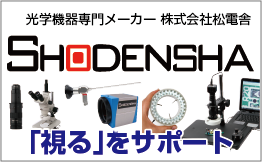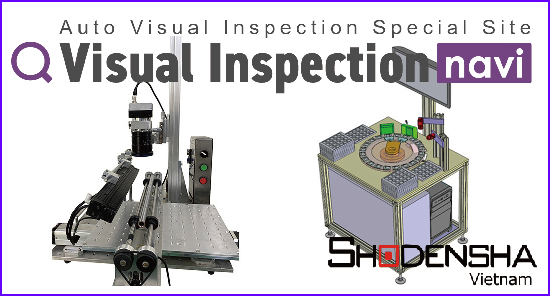High-Speed Camera
“High-speed cameras are those capable of capturing footage at frame rates exceeding the standard video frame rate (30FPS). In other words, they are cameras used to capture high-speed phenomena. While there isn’t a precise definition, high-speed cameras typically have frame rates of 100FPS or higher. There is a wide variety of manufacturers and models of high-speed cameras available, ranging from high-grade specifications to expensive models costing millions of yen. So, what criteria should you consider when purchasing a high-speed camera?”
Selecting a High-Speed Camera: What Information Do You Need?
When it comes to selecting a high-speed camera, what information is essential? While we’ve discussed frame rates earlier, that’s not the only necessary piece of information.
You’ll also need details such as ‘frame rate (speed),’ ‘resolution,’ ‘recording time,’ and whether the camera is ‘monochrome or color.’
Let’s dive into each of these factors in the following sections.
Selecting a High-Speed Camera: Frame Rate (Speed)
When it comes to high-speed cameras, different manufacturers and models offer various maximum frame rates (FPS) that they can achieve. Generally, as the frame rate increases, so does the price.
For example, if the desired phenomenon to capture requires a higher speed than what the camera can provide, capturing it effectively becomes challenging. On the other hand, if the camera’s frame rate is too high, it becomes overkill and unnecessarily expensive.
So, what frame rate (speed) of a high-speed camera should you choose? It’s crucial to ensure that the camera’s frame rate covers the speed of the high-speed phenomenon you want to capture.
Selecting a High-Speed Camera: Resolution
High-speed cameras come in various maximum resolutions (in pixels). Generally, as the maximum resolution increases, so does the price. Additionally, higher resolutions result in larger data sizes, which can lead to shorter recording times.
So, what resolution of a high-speed camera should you choose?
It’s essential to consider what you’ll do with the footage after capturing it. This includes tasks like ‘video storage,’ ‘frame-by-frame playback,’ ‘extracting and saving still images,’ and ‘software analysis and evaluation for motion analysis or fluid dynamics.’
For instance, if you require detailed analysis and evaluation after capturing, you might opt for a higher resolution. Conversely, if the resolution is higher than what you need, it becomes overkill and unnecessarily expensive.
The resolution you need depends on what you plan to do after capturing the footage. It’s crucial to ensure that the required resolution falls within the camera’s maximum resolution. Additionally, if the camera allows for selecting resolution within its maximum resolution, choose the resolution appropriate for your shooting needs.
Selecting the highest resolution can lead to unnecessary data sizes, resulting in slower frame rates (speed) during shooting or shorter recording times.
In reality, the required frame rate (speed) and necessary resolution are closely related and affect the recording time. If you find it challenging to compare different manufacturers and models, it’s recommended to compare and select based on VGA (640×480) resolution.
Selecting a High-Speed Camera: Recording Time
High-speed cameras are available in monochrome and color options. While there’s often a preference for color, monochrome cameras actually produce cleaner footage. If color information isn’t necessary for analysis, evaluation, or assessment, I recommend choosing a monochrome camera. Monochrome footage not only looks cleaner but also tends to be brighter compared to color footage, resulting in smaller file sizes.
In conclusion, the key information needed when selecting a high-speed camera includes ‘frame rate (speed),’ ‘resolution,’ ‘recording time,’ and ‘monochrome or color.’ These four factors are closely related and essential when choosing a high-speed camera. Additionally, factors such as lighting, lens selection based on shooting distance and magnification, and choosing image recording media and methods also play crucial roles.
If you encounter any difficulties in selecting a high-speed camera or related equipment, please don’t hesitate to contact us. When doing so, please provide the following information:
– What is the subject of the shooting?
– How large is the subject?
– How fast is the subject moving?
– What is the distance from the subject to the lens?
– How long of a recording time is needed?
– Monochrome or color?
– What do you want to do after capturing the footage?



